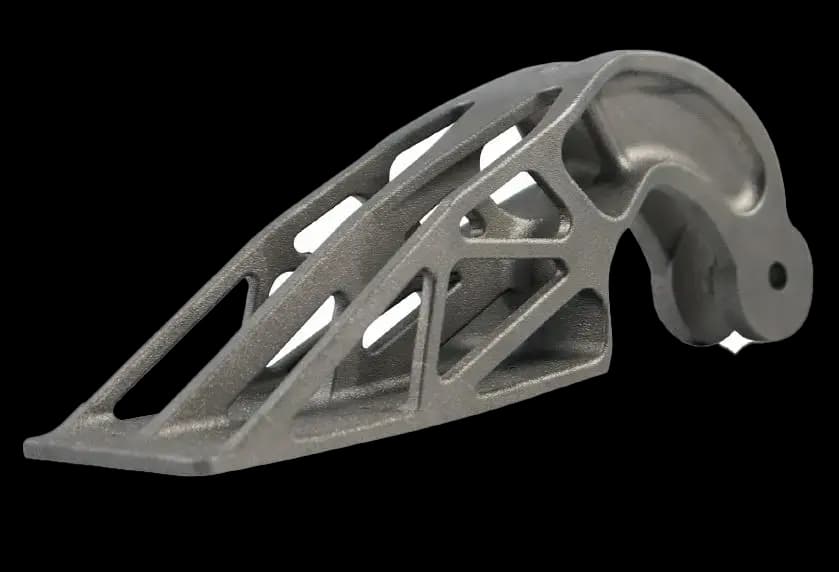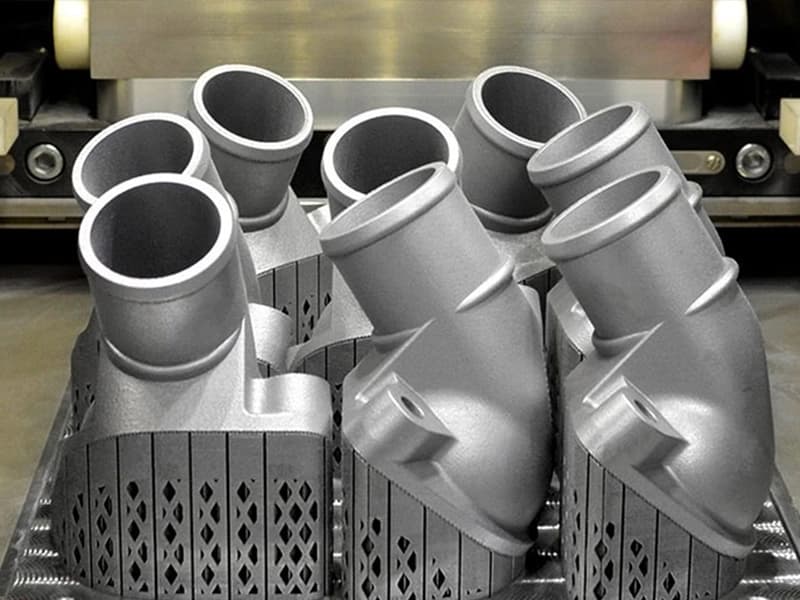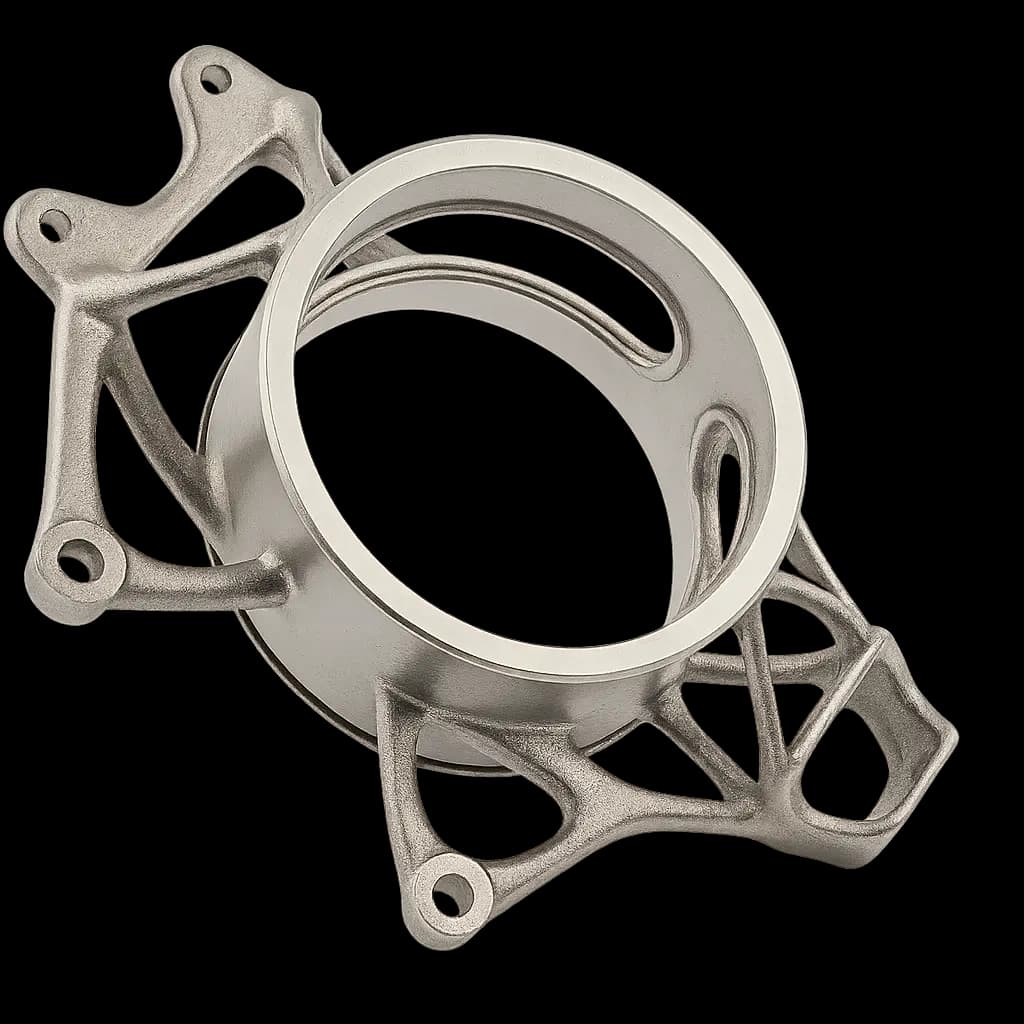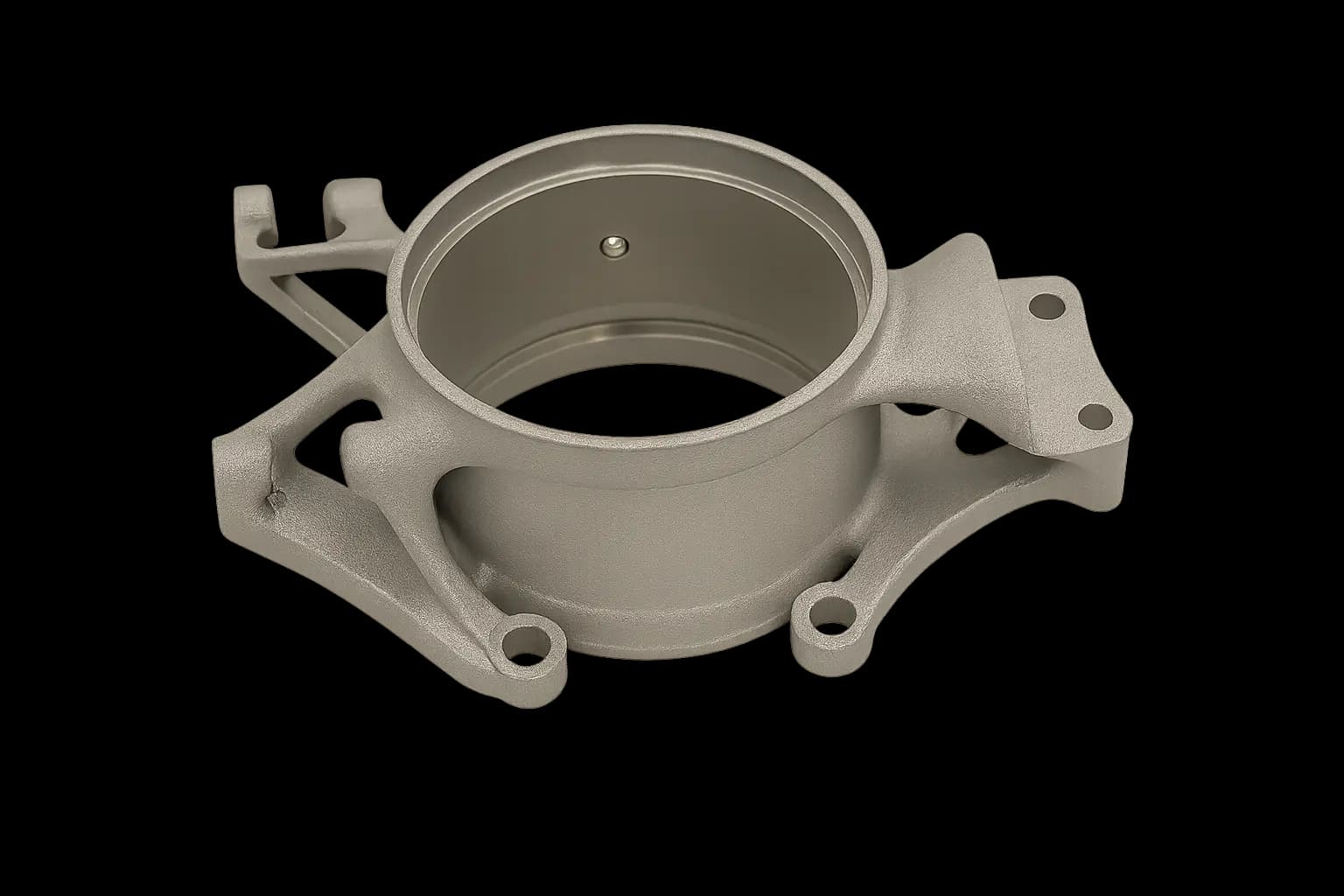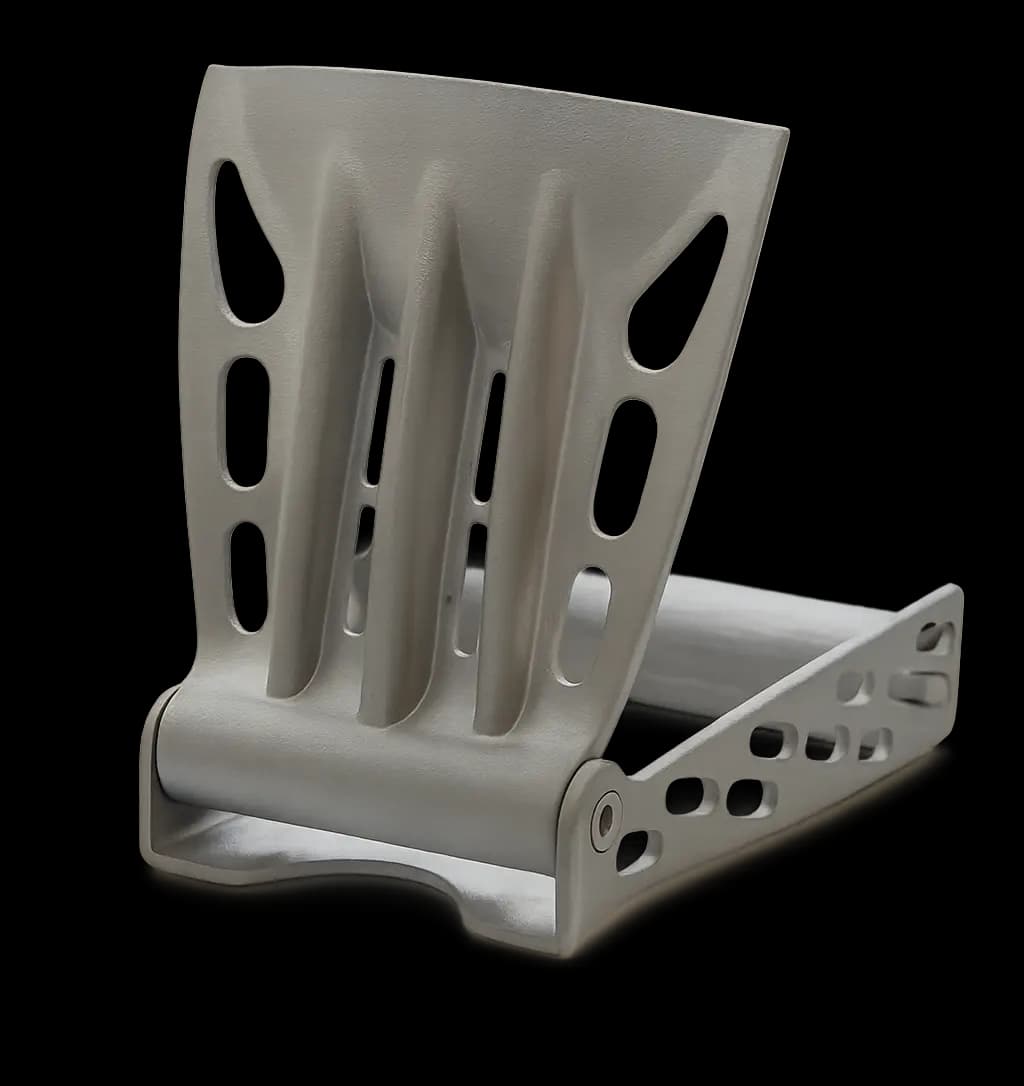DMLS 316L enables complex surgical instruments with integrated features and ergonomic designs. The material's biocompatibility and sterilization resistance ensure patient safety.
Key Applications
- Laparoscopic surgical instruments
- Orthopedic surgical guides
- Dental instruments and tools
- Custom surgical retractors
Performance Data
Achieves Ra <0.4 μm with electropolishing, meeting FDA cleanability requirements while maintaining ASTM F138 compliance.
